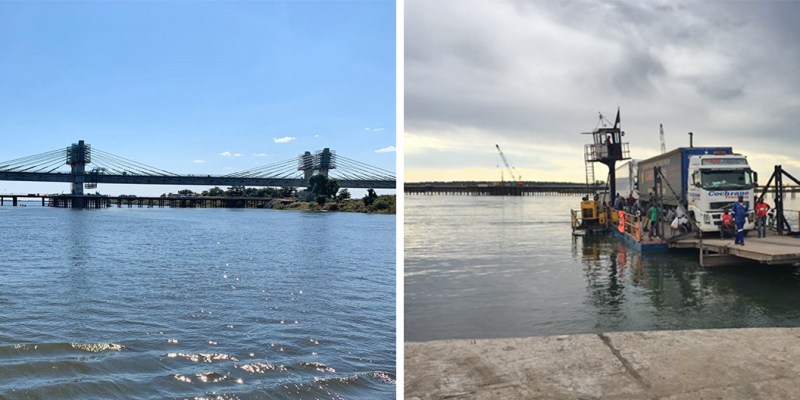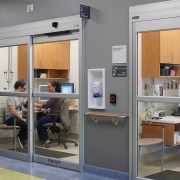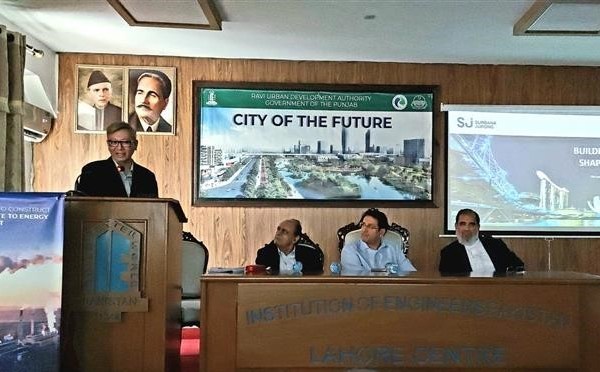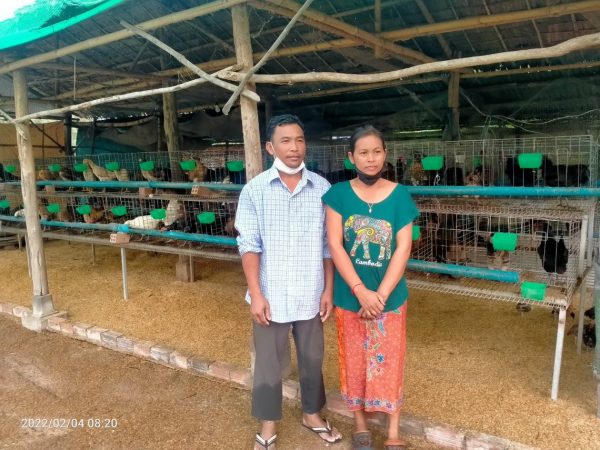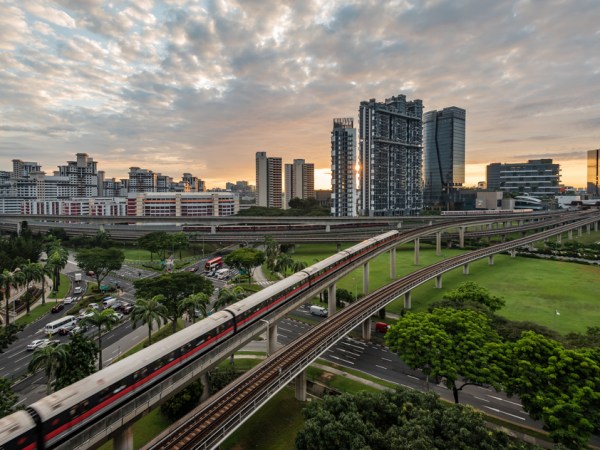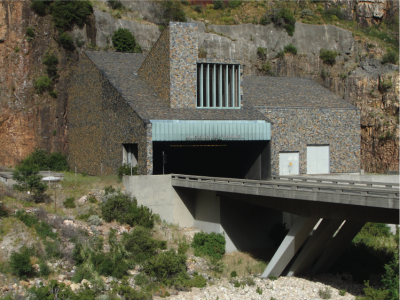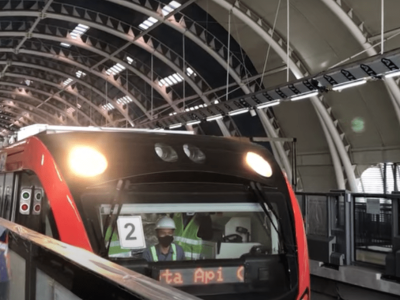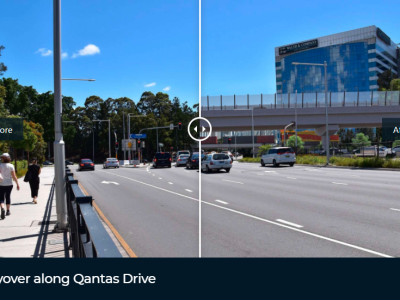Botswana and Zambia want to forge closer ties by building the Kazungula Bridge (above) to connect both countries across the Zambezi River by road and rail, replacing the existing ferry (below) and border facilities.
To boost trade ties between Botswana and Zambia across the Zambezi River that separates them, both countries want to replace their existing ferry links with land connections.
The governments of both countries, in conjunction with the Japan International Cooperation Agency (JICA) and the European Union (EU), are funding the construction of the Kazungula Bridge to connect the two countries by road and rail, replacing the existing ferry and border facilities.
SMEC’s Urban and Social Development team has completed a key assignment to provide technical assistance to the Kazungula Bridge Project Office (KBPO), comprising officials from both Botswana and Zambia. As our first project in Botswana with JICA and EU funding, we were commissioned to provide technical assistance for business management, in the areas of monitoring, evaluation and trade facilitation.
This included reviewing the existing monitoring system and baseline surveys, conducting and evaluating new monitoring surveys, reviewing and managing deliverables from other consultants, and coordinating stakeholders including the technical working group for trade facilitation. To support and strengthen the capacity of the KBPO, we provided workshops and training for KBPO staff, and established procedures for ongoing training of border management and trade facilitation staff.
Working closely with project managers from both countries, our team was commended on the active and highly professional support we provided. Mrityunjay Jha, Functional Manager Social Development, felt similarly, reporting that “Our persistence in supporting our client to ensure the project meets a dynamic market has paid off.”
The bridge spans 923m over the intersection of the Zambezi and Chobe rivers, and comprises two road carriageways, a single rail track and a paved pedestrian lane. The design of the bridge is curved to avoid the nearby borders of Zimbabwe and Namibia. Included in the project scope is 10km of bridge approaches and access roads, as well as one-stop border facilities on each side.


